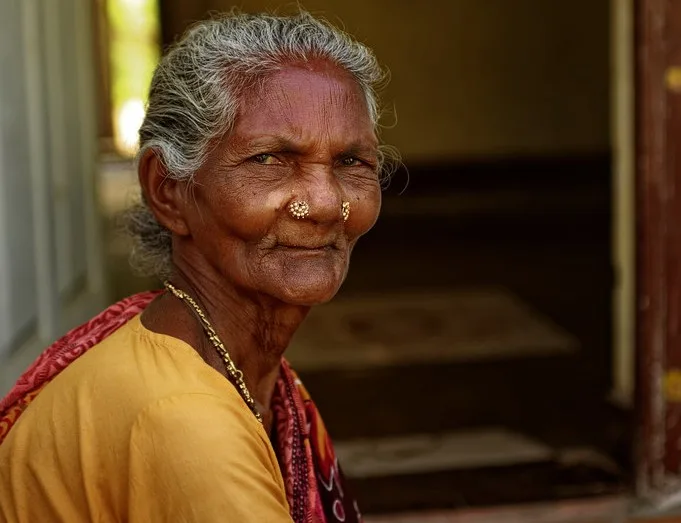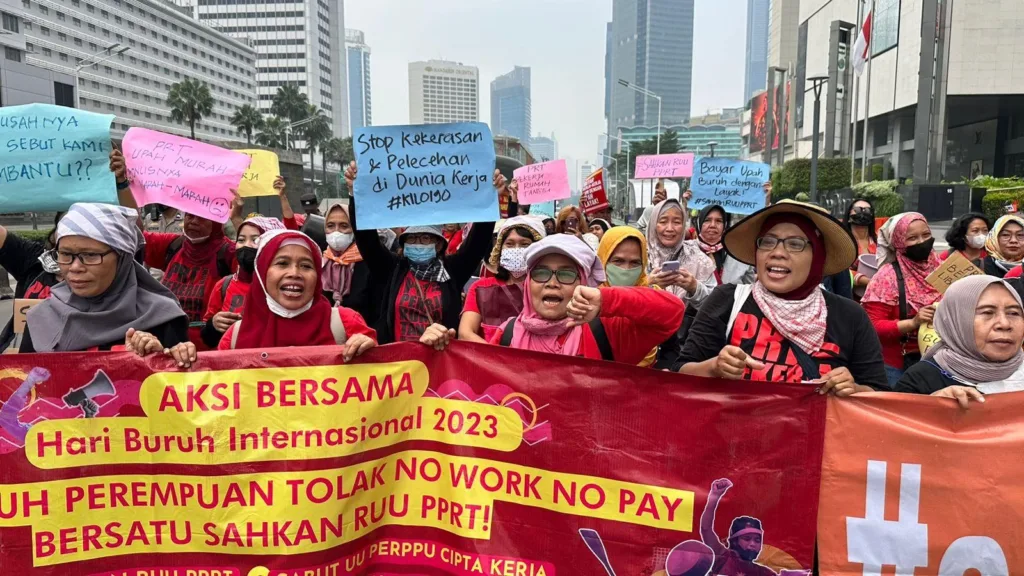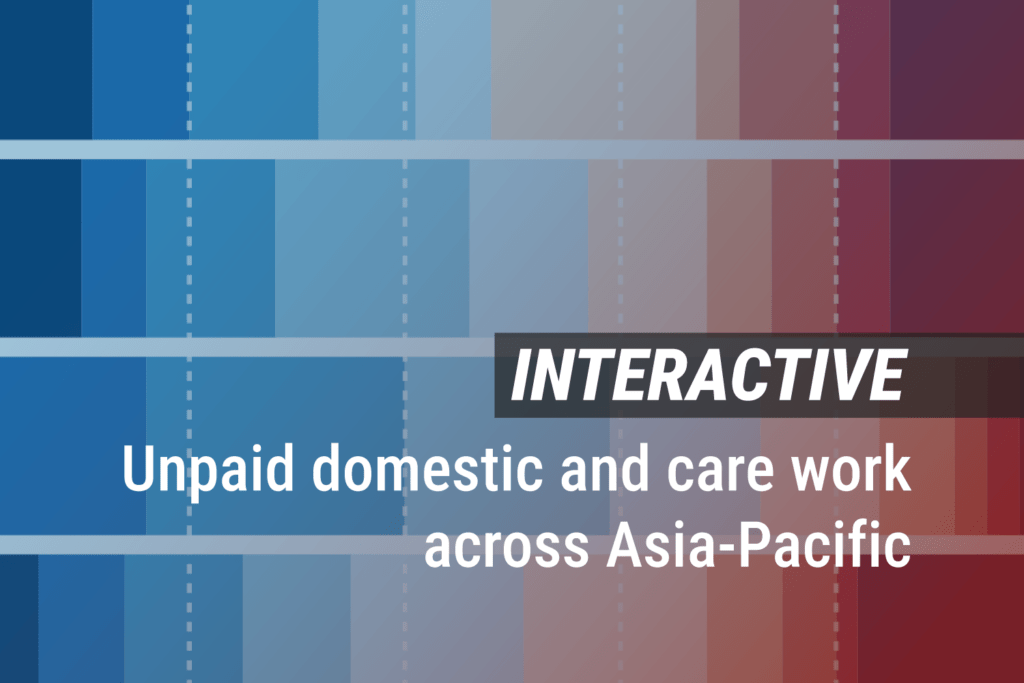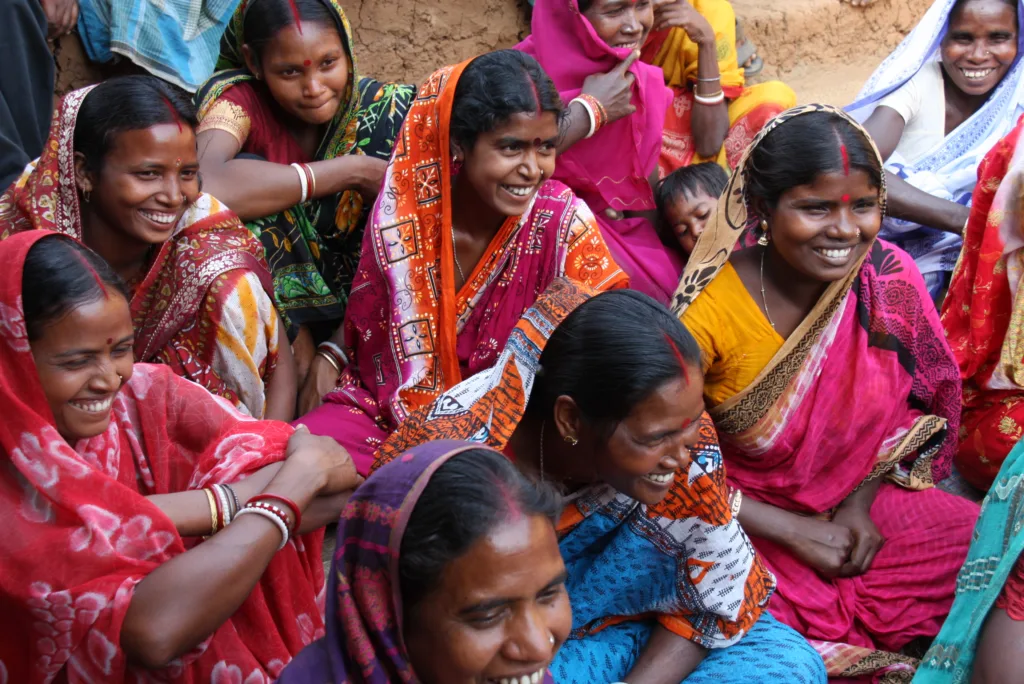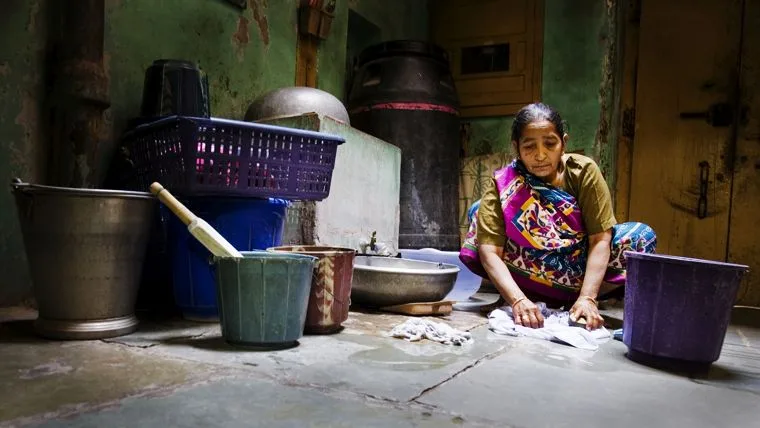Living with daughters can help lower gender wellbeing inequality in old age. But for that, cultural traditions in Asian societies need to change.
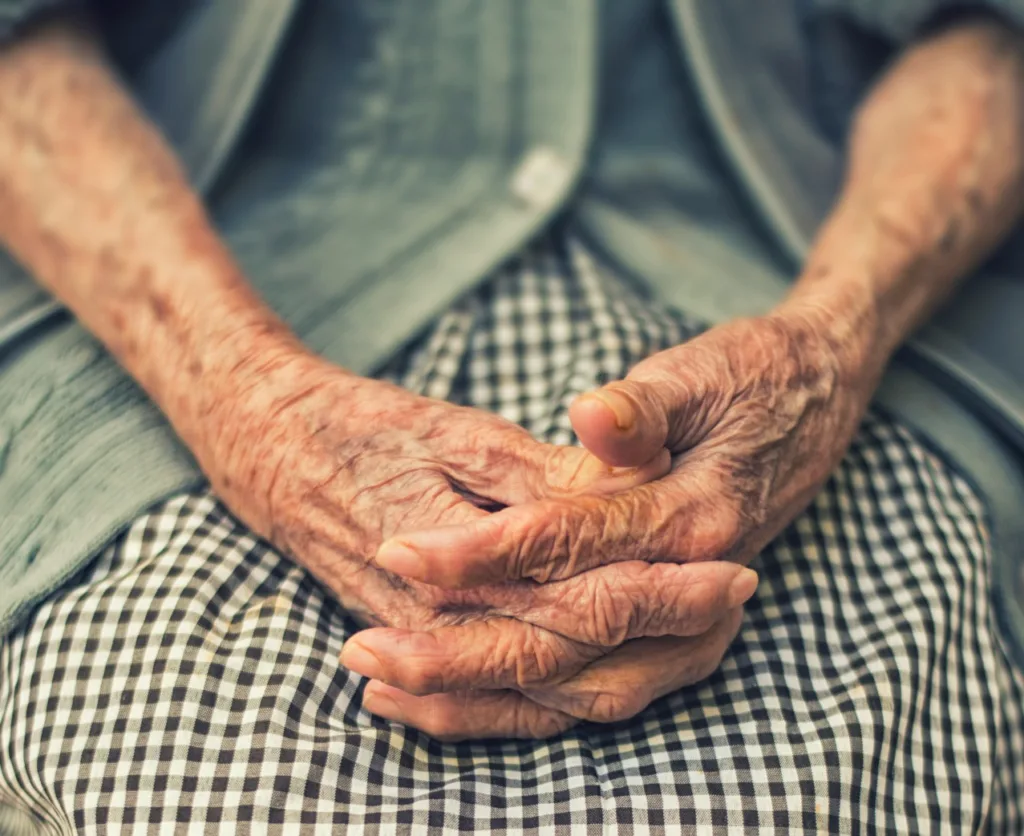 An ageing mother is often seen as an unwanted burden in patriarchal Asia, leaving them at greater risk of old age poverty. : Danie Franco Unsplash
An ageing mother is often seen as an unwanted burden in patriarchal Asia, leaving them at greater risk of old age poverty. : Danie Franco Unsplash
Living with daughters can help lower gender wellbeing inequality in old age. But for that, cultural traditions in Asian societies need to change.
Asia faces a unique demographic crisis. By 2050, the continent will have over a billion elderly people, the most in the world.
For decades, social demands for age care have had unintended consequences for women in some Asian countries such as China, India and Vietnam.
An ageing mother is seen by many as an unwanted burden in patriarchal Asia, leaving them at greater risk of poverty in their later years.
There is a societal expectation of older women living out their years with their children, in particular sons. But new research on Thailand suggests if elderly women live with daughters, they can expect happier outcomes.
The research also shows that living with daughters with a university degree further increases happiness in old age. Added benefits of living with daughters are reduced feelings of loneliness, improved self-reported health status, and improved financial conditions.
Overall, our results suggest that living with daughters can help lower gender wellbeing inequality in old age. But they also hint at the enduring influence of culture.
Asia’s changing demographic landscape
Gender inequality manifests in premature mortality of girls and women and is the culmination of various forms of neglect reinforced by societal preference for a son.
Over the past 50 years this has resulted in a significant gender imbalance, with the number of “missing women” — those who never made it to adulthood — doubling to 142 million by 2020.
In China, Japan and South Korea, populations are shrinking. While Southeast Asia is still growing, countries like Vietnam, Thailand and Malaysia are also rapidly ageing.
More than half of the older population in the region is female, many of whom have suffered multiple forms of economic discrimination and social exclusion.
Gender disparity in work participation and pay combine to create a gender gap in old-age pensions, leaving women with fewer savings in old age. In Asian societies with limited government provisions, intergenerational family support is the main form of social protection in old age. Family solidarity is key to fulfilling the UN Decade of Healthy Ageing 2021–2030.
Forms of support from children to older parents include caregiving, financial support, emotional support, as well as companionship. These together can improve subjective wellbeing in old age.
However, as elderly parents increasingly rely on their adult children for old age care, another form of gender bias emerges in the provision of care. Cultural norms also play a role in determining who assumes the responsibility of caring for aged parents.
Sons and daughters are not equal
In most parts of developing Asia, girls are neglected from childhood. This accumulation of lifelong neglect reduces her value and reinforces the social stance of elderly women as a burden or unwanted.
Proverbs such as “raising a daughter is like watering your neighbor’s garden”, based on widely-held perceptions of women’s inferior social status, have discouraged investment in girls in India.
In Vietnam, only sons carry on the family name prompting authors of the novel When the Light Is Out to write: “To have one boy is to have an heir, whereas to have ten girls is to have no descendants.”
Older parents living with their sons is the norm in both countries. Daughters tend to move to their husbands’ homes after marriage and are more likely to care for their mother-in-law than for their own mother.
Academic research confirms that most older people in Vietnam live with a married son.
In India, up to 79 percent of older people live with their sons while only 39 percent live with daughters.
In China, only a handful (4.82 percent of fathers and 6.46 percent of mothers) choose to live with their daughters.
In Thailand, 29 and 32 percent of older people live with sons and daughters, respectively.
Removing social biases that favour sons can be just as valuable for parents in ageing societies.
In Thailand, Philippines and Indonesia, women do not face extreme forms of discrimination at birth such as female infanticide as was the case in China, India and Vietnam, leading to reports about a shortage of potential wives in China.
Sex ratio at birth has been steady and balanced in Thailand for the past five decades while the majority of Thais desire at least one child of each sex.
In Thailand, daughters are more likely to be equally valued as sons. In the well-known Thai novel Four Reigns, the main character, Ploi, prays that her third child will be a daughter as she has already given birth to two sons.
In our recent analysis of data on thousands of elderly men and women in Thailand, we show how co-residence with daughters is associated with higher levels of happiness among older parents.
Our findings suggest that ageing parents living with at least one child, in particular a daughter, are on average happier than those living alone.
Evidence on the value of daughters for old age care aside, governments could invest in institutional provisions in old age regardless of gender. Otherwise, rapid population ageing in Asian societies may only increase the double burden of care that has held back women’s development.
As our research also showed, investing in women from the beginning is a way of ensuring the wellbeing of elderly Asian populations.
Investing in women’s development through education
Another area for policy intervention is women’s access to education. Most countries have made progress in this regard.
In Thailand, between 1970 and 2019, the percentage of women who completed upper secondary education increased from 0.7 percent to 35.11 percent.
In comparison with men, the proportion in 1970 was only approximately half. Today, the proportion is identical, implying that an equal number of boys and girls are entering higher education in Thailand.
However, traditional gender attitudes remain embedded in Asian societies. Contemporary textbooks are replete with cases portraying females as the weaker sex. Women and girls are missing from textbook lessons with examples of professionals and non-traditional occupations.
Paradoxically, as more boys and girls are schooled, traditional gender norms become further reinforced. Over-representation of women in traditional roles is also a challenge even for otherwise gender-equal countries such as Thailand and Malaysia.
Alongside investment in women’s development through better access to schools and jobs, Asia’s rapidly ageing societies also need to prioritise investments that remove hidden biases against women.
Prioritising reforms of school textbooks with the goal of overturning gender stereotypes would be a good starting point.
M. Niaz Asadullah, Professor of Development Economics at Monash University Malaysia, is Head of the Southeast Asia cluster of the Global Labor Organization.
Pataporn Sukontamarn is an Associate Professor at the College of Population Studies, Chulalongkorn University.
Nopphawan Photphisutthiphong is a Lecturer at the College of Population Studies, Chulalongkorn University.
Yen Thi Hai Nguyen is a Research Fellow at Vienna Institute of Demography, Austrian Academy of Sciences, Austria.
Originally published under Creative Commons by 360info™.
Editors Note: In the story “Investing in women” sent at: 07/03/2024 06:00.
This is a corrected repeat.



